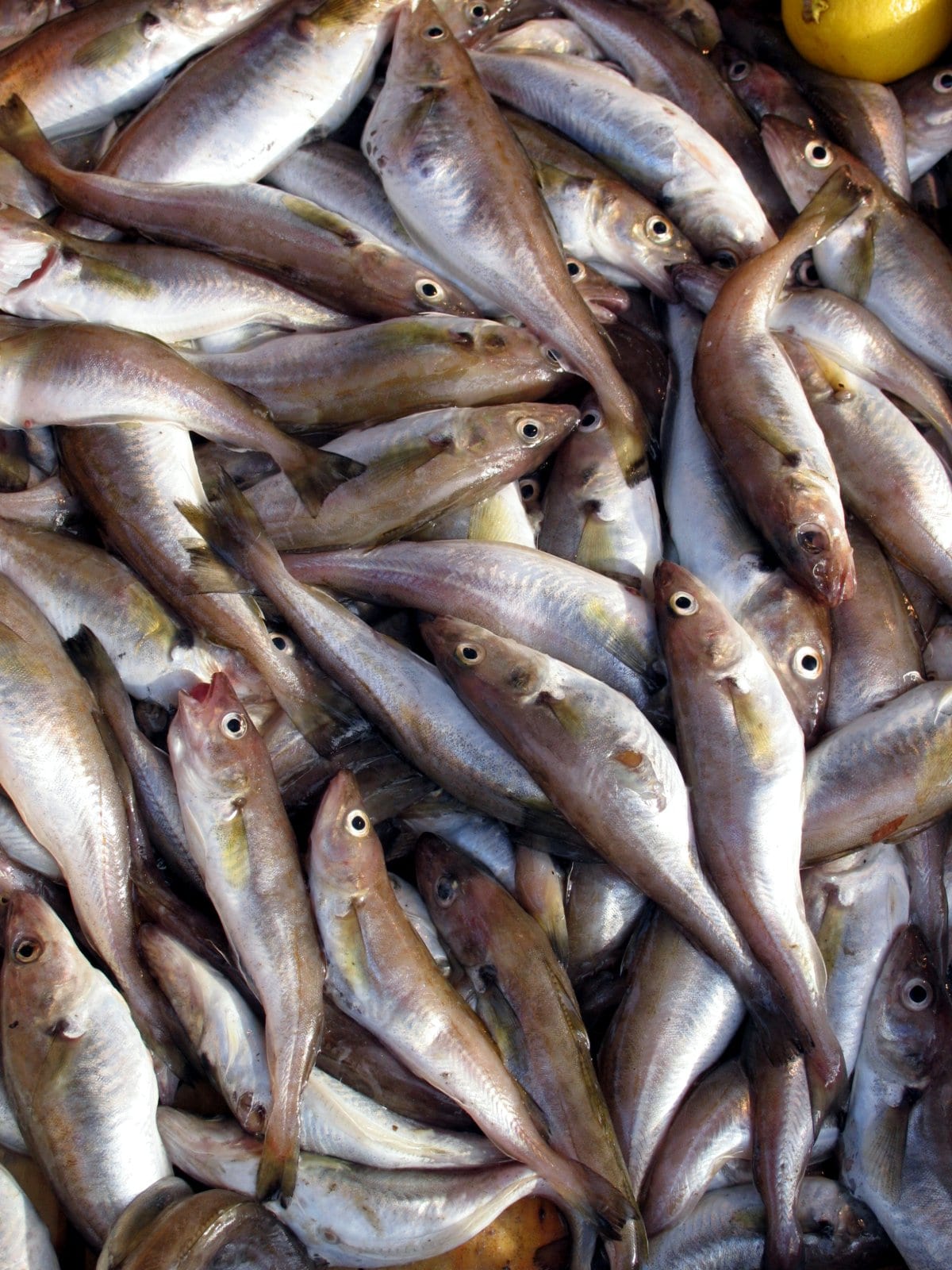Thai Sea Bass Culture is Growing
- Category:
- Aquaculture

Sea bass (Lates calcarifer) is a common and popular fish in Thailand. It is often prepared deep fried and served with fish sauce in most Thai restaurants, driving up demand. Culture in both earthen ponds and cages is growing, but despite expanding culture, there is currently still not enough supply.
The province of Chacheongsao is the main fingerling producer supplying the central and northern markets. Other provinces including Songkhla and Nakhonsithammarat also produce a substantial amount of sea bass. The hatchery keeps the broodstock at minimum of four kilograms (kg) and an age minimum of two years for egg production. This can be year round, but the peak season is April to September. Some of the hatcheries use 50 pieces of broodstock in the pond with a 4:1 ratio, 40 females to 10 males, using hormone injection to activate production. Within two days, females will generally lay the eggs. The eggs are transferred to the hatching tanks with a density of 1 million eggs to 200 liters with the overflow and aeration in 30 parts per thousand (ppt) salinity water. Within seven days, the eggs will be hatched and be transferred to the nursery tanks.
While in the nursery tanks, the hatchlings are fed with Rotifer and Moina. The water exchange will slowly dilute until salinity is 10 ppt. From egg to nursery, there is a survival rate of about 60 to 70 percent. The nursery process is 15 days. Then the fish are transferred to another nursery pond for 10 days. Fish size is about two inches and they continue to grow until they are about five inches or about two months old. Then these fish can be sold to the grow out pond.
The grow out pond will stock at 3 pieces per square meter (m) in an earthen pond or 500 pieces per cage (5 x 5 m) and grow until the market size of 600 gram (g) minimum for 4 to 5 months. While in the grow out pond, the fish are fed with commercial pellet feed.
Cost of production in cage
Fingering cost 26.93%
Feed 49.26%
Labor 11.10%
Chemical 0.47%
Supplies 0.09%
Maintenance 2.36%
Electricity 0.73%
Fuel 1.89%
Others 1.17%
Financial cost 6.09%
Total 100%
Average Total cost 90 Thai baht (bht)/kg
Selling price 160 bht/kg
Profit 70 bht/kg
The economics of sea bass are good. However, industry constraints include disease, market price, and cost of production.